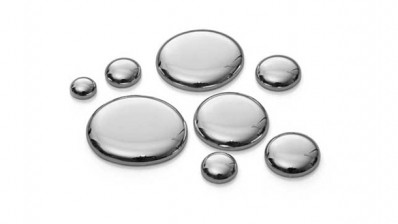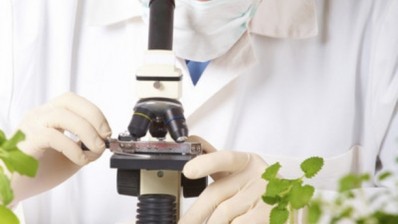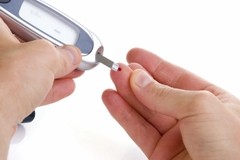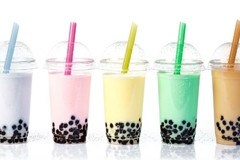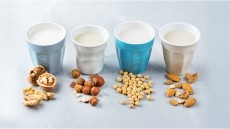Singapore scientist devises water purification system through peels
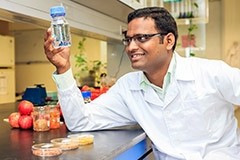
Ramakrishna Mallampati experimented with water treatment techniques using materials that are easily available as part of an effort by the NUS’s chemistry department to research water purification methods for communities with little electricity or resources for a purification plant.
The two-year study showed that the peel of eight tomatoes can remove heavy metal ions such as lead from a litre of water within a period of one hour. The researchers said the findings will help nearly 800m people without access to clean water to get safer drinking water at a low cost.
Many hazardous pollutants enter the water supply through many channels, including waste disposal, industry effluent release or rain water drainage, the research outlined. Such pollutants need to be removed before the water can be consumed. However, most water purification technologies are not accessible to economically disadvantaged people around the world.
“The challenge for scientists is to develop robust water purification methods that could carry out water treatment at low cost, with minimal energy consumption and using less chemicals in the process so as to reduce negative impact on the environment,” said Mallampati.
Tomatoes tackle toxicity
Tomato is the second most consumed vegetable in the world, with around 30% of it consumed as processed products. The disposal of the tomato skin and its other fibrous materials is an economic waste for many food processing industries.
Mallampati evaluated the effectiveness of tomato peel as an adsorbent by using different pollutants. He also studied the structure of the tomato peels to assess their efficiency as biomaterials to remove toxic metal ions and organic pollutants from water. In addition, factors such as the pH, nature and amount of adsorbent used for extraction were considered to establish the optimum conditions under which tomato peel could remove various pollutants from water.
His study revealed that tomato peels can effectively remove different contaminants in water, including dissolved organic and inorganic chemicals, dyes and pesticides, and they can also be used in large scale applications. The results were published in the Royal Society of Chemistry journal RSC Advances.
In addition to tomato peels, Mallampati also explored the viability of using the peels of apples for water purification, as apple peels are easily available as biowaste from food processing industries and they are biodegradable.
Anti-pollutant apples
Similar to tomato peels, apple peels can also remove a range of dissolved water pollutants through the adsorption process. In order to enhance the ability of apple peels towards extraction of negatively charged pollutants, Mallampati immobilised naturally occurring zirconium oxides onto the surface of apple peels.
“Zirconium loaded apple peels have been found to be able to extract anions such as phosphate, arsenate, arsenite, and chromate ions from aqueous solutions. This method of water purification can also be used for large scale applications,” he said.
The findings are published in the American Chemical Society journal ACS Applied Materials & Interfaces.
Assoc. Prof. Suresh Valiyaveettil, the research leader, said he hoped that the findings could be applied to benefit economically and technologically disadvantaged farmers living in remote villages, who depend on contaminated ground water or local rivers for their daily water needs.
The team now intends to work with non-governmental organisations to transfer its research findings and knowledge to benefit the people. The group is now looking into the use of other fruit peels and natural fibres for water purification.
